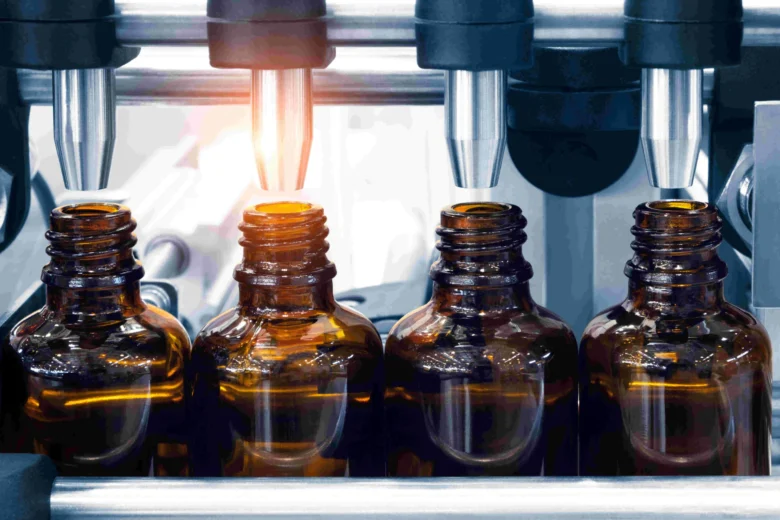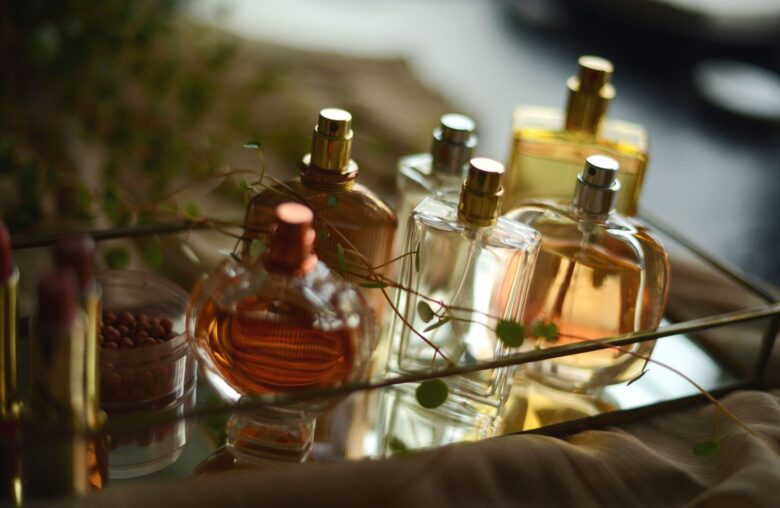From its origins in Ancient Egypt to modern perfume houses, the fragrance industry has undergone many transformations. But where is the industry headed? The latest innovations and trends in perfume creation may surprise you.
Contents
- Creation Process
- The Use of New Technologies in Perfume Creation
- Sustainability and Ethical Practices in Fragrance Manufacturing
- The Emergence of Niche and Artisanal Fragrance Brands
- Fragrance and Wellness: The Role of Aromatherapy and Mood Enhancement
- The Changing Face of the Fragrance Industry: What’s Next for Perfume Creation?
- Consumer Preferences and Market Analysis
- In Conclusion
Creation Process
The first step in perfume creation is the selection of fragrance ingredients. Perfumers have access to a wide range of natural and synthetic materials, including essential oils, absolutes, aroma chemicals, and isolates. Each ingredient contributes to the overall scent profile and is carefully chosen based on its olfactory properties, stability, and desired effect.
Once the ingredients are chosen, the perfumer begins the artistry of blending them together. This stage involves creating the fragrance formula, also known as the “accord.” The perfumer carefully measures and combines the ingredients, adjusting the proportions to achieve the desired balance and character of the scent. This process requires a deep understanding of fragrance families, notes, and their interactions to create a harmonious composition.
Formulation techniques play a crucial role in perfume creation. Perfumers employ various methods to extract, isolate, and concentrate the fragrance ingredients. Distillation, enfleurage, solvent extraction, and expression are some of the traditional techniques used to extract essential oils and absolutes from natural materials. On the other hand, modern techniques, such as molecular distillation and supercritical fluid extraction, enable the extraction of delicate or rare fragrance components.
Quality control and testing are integral parts of the perfume creation process. Perfumers evaluate the scent throughout its development, making adjustments and modifications as needed. They rely on their olfactory expertise and trained sensory evaluation skills to assess the fragrance’s performance, longevity, and overall appeal. Additionally, rigorous testing ensures compliance with safety regulations and standards.
The perfume creation process is a harmonious blend of art and science. It requires not only creativity and a refined sense of smell but also technical knowledge and expertise. Perfumers strive to create unique and captivating scents that evoke emotions, memories, and sensory experiences. Their dedication to craftsmanship and attention to detail result in the creation of perfumes that captivate and enchant the senses of those who wear them.

Source: experimentalperfumeclub.com
The Use of New Technologies in Perfume Creation
New technologies have allowed many perfume manufacturers to experiment with unique ingredients in their scents, like black tea and even vegetables. These add new elements and dimensions to fragrances.
Researchers are also finding ways to create nature-identical scents with greater biodegradability, thanks to advancements in biotech.
Some fragrance manufacturers are embracing the digital world, using the Metaverse to reach customers and create scent experiences in real life. Imagery and augmented reality (AR) are two more ways fragrance manufacturers are driving engagement and interest in their products in an increasingly digital world.
Sustainability and Ethical Practices in Fragrance Manufacturing
More consumers are shopping around for fragrance manufacturing companies that use sustainable and ethical processes in their manufacturing, such as:
- Compostable bottle trays;
- Recyclable perfume bottles;
- Ethical ingredient cultivation;
Some brands are experimenting with different packaging made from things like bio-cello wrap and pulped coffee cups. Other perfume houses are offering refills to prevent bottle waste and finding ways to incorporate ingredients that would otherwise go to waste into their formulas.

Source: unilogo.com.pl
The Emergence of Niche and Artisanal Fragrance Brands
The fragrance industry is also seeing the emergence of artisanal and niche brands. Consumers can now purchase perfume gift sets that are customized to their personal tastes and even play a role in the scent creation process.
Perfume has long been a one-size-fits-all industry, but brands are now offering opportunities to create a more personalized scent. And even if you can’t make it to the brand’s physical store, you can build your own fragrance online using a scent designer tool. The personalization of perfumes has led to brands offering more niche and unique fragrance options to consumers.
Fragrance and Wellness: The Role of Aromatherapy and Mood Enhancement
With more consumers shifting their focus to health, wellness and natural products, fragrance brands have started incorporating natural notes and ingredients in their products.
The fragrance is becoming more than just a way to enhance your appearance. We’re seeing perfume used in aromatherapy and as a way to lift your mood. Brands are focusing on creating blends that provide experiences each time you wear them.
Often this is achieved through the use of natural ingredients, which introduce a new component to modern perfumes. These ingredients are complex and alive, and they have a unique interaction with each person’s chemistry.
Natural ingredients can make wearers feel more relaxed or more joyful, depending on the blend.

Source: instyle.com
The Changing Face of the Fragrance Industry: What’s Next for Perfume Creation?
The future of the fragrance industry looks bright as technology continues to evolve and manufacturers incorporate unconventional olfactory notes into their products. Brands will likely continue to focus on eco-friendly and ethical manufacturing processes. We will also continue to see the release of unisex scents that can be worn by anyone.
While leading perfume houses will continue to innovate, they face stiff competition from new brands that are fully embracing natural ingredients and sustainable packaging.
Consumer Preferences and Market Analysis
Consumer preferences and market analysis play a crucial role in the perfume industry. Understanding the evolving tastes and desires of consumers is essential for perfume creators and brands to stay relevant and competitive. Market analysis involves studying consumer demographics, purchasing behaviors, and trends to identify emerging opportunities. It helps determine the demand for certain fragrance categories, such as floral, oriental, or fresh scents, as well as preferences for packaging, brand image, and price range. By staying attuned to consumer preferences and conducting thorough market analysis, perfume creators can tailor their offerings to meet the desires and expectations of their target audience.

Source: unsplash.com
In Conclusion
Consumer tastes and preferences are changing, and fragrance brands are changing along with them. From personalization to unique fragrance options and new technologies, the world of perfumery is transforming with each passing day. Now, the focus seems to be on creating functional scents that make you feel something and uplift your mood. As brands continue to innovate, we will see fragrances make their way into our daily lives in new ways we never thought possible.
